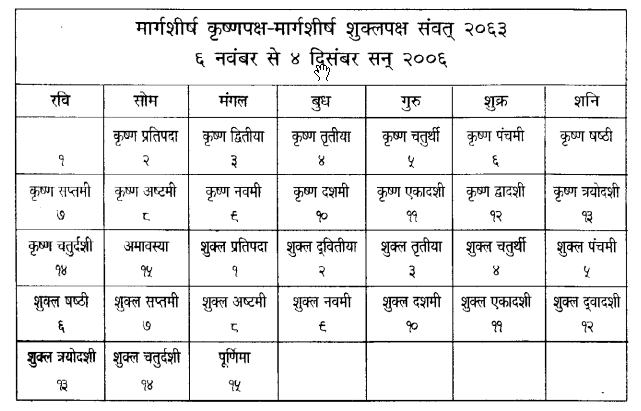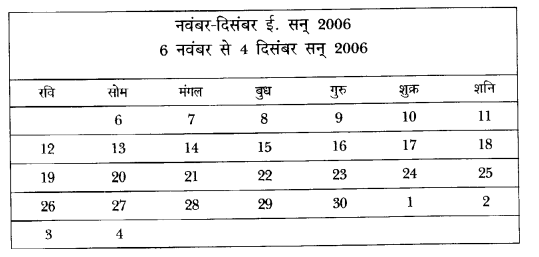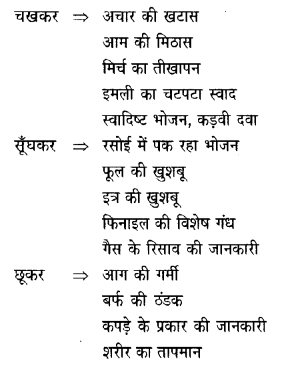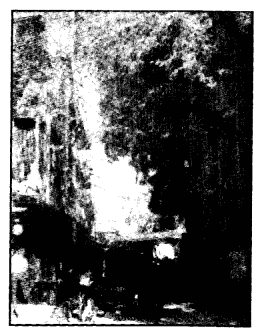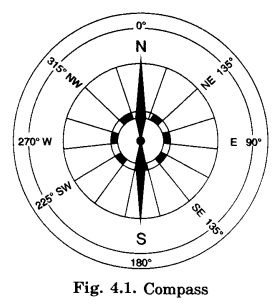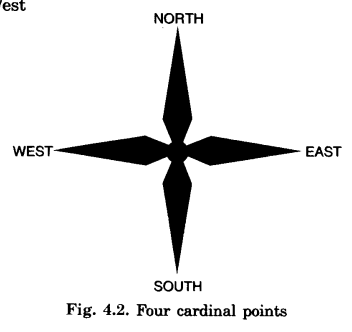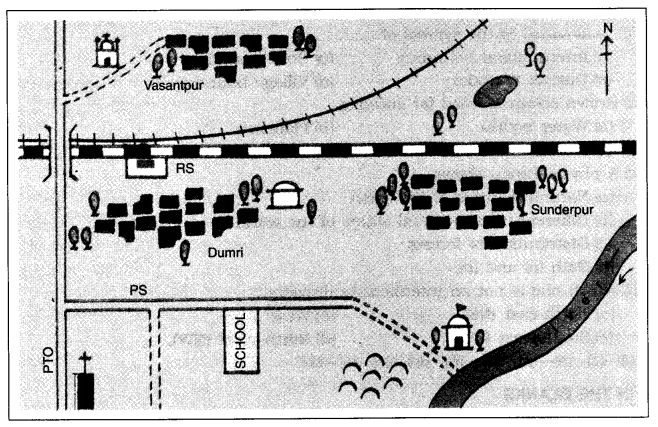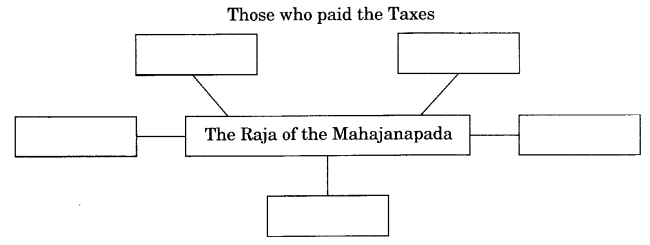NCERT Solutions for Class 6 Social Science Civics Chapter 5 Panchayati Raj are part of NCERT Solutions for Class 6 Social Science. Here we have given NCERT Solutions for Class 6 Social Science Civics Chapter 5 Panchayati Raj.
| Board | CBSE |
| Textbook | NCERT |
| Class | Class 6 |
| Subject | Social Science Civics |
| Chapter | Chapter 5 |
| Chapter Name | Panchayati Raj |
| Number of Questions Solved | 16 |
| Category | NCERT Solutions |
NCERT Solutions for Class 6 Social Science Civics Chapter 5 Panchayati Raj
NCERT TEXTBOOK QUESTIONS (Page 48)
Question 1.
What problem did the villagers in Hardas village face? What did they do to solve this problem?
Answer:
The main problem which the people of the Hardas village faced was a shortage of water. The water problem in Hardas had become very acute. The hand pump water was below the point to which the ground was drilled. There was no water in the taps. Women had to go to the Suru river to get water, which was about 3 km away.
They discussed the problem of water shortage and people gave many suggestions. One of the members suggested piping water from the Suru and making an overhead tank. It was an expensive suggestion. The others felt it was better to deepen the handpumps and clean the wells. This suggestion was rejected, as it will work temporarily.
The third suggestion was watershed development. The fourth suggestion was to plant trees, construct check dams, and tanks. The Panchayat was asked to find out about it in detail.
Question 2.
What, in your opinion, is the importance of the Gram Sabha? Do you think all members should attend Gram Sabha meetings? Why?
Answer:
Importance of Gram Sabha:
- Gram Sabha is the elected body of people consisting of several Gram Panchayats.
- It has more powers than Gram Panchayat.
- It controls the money received by the Gram Panchayat.
- It also suggests various tasks to be done by the Gram Panchayat.
- All members should attend Gram Sabha meetings because they have to make decisions about the welfare of the village people.
Question 3.
What is the link between a Gram Sabha and a Gram Panchayat?
Answer:
The Gram Sabha is a meeting of all people (adults) who live in the area covered by the Panchayat. Anyone who is 18 years old or more and has a right to vote is a member of the Gram Sabha.
Every village is divided into wards, i.e., smaller areas. Each ward elects a representative who is known as the Ward member (Panch). All the members of the Gram Sabha also elect the Sarpanch. The Ward Panchs and the Sarpanch from the Gram Panchayat. It is elected for 5 years.
Question 4.
Take an example of any one task done by a Panchayat in your area/nearby rural area and find out the following:
- Why it was taken up?
- Where the money came from?
- Whether or not the work has been completed?
Answer:
The task was taken up: Repairs of drains.
- It was taken up because the drains were in damaged condition. Dirty water was spreading in the streets and on the roads, making them unusable for traffic.
- The money came from taxes, government grants, and donations.
- The work has been completed.
Question 5.
What is the difference between a Gram Sabha and a Gram Panchayat?
Answer:
Difference between a Gram Sabha and a Gram Panchayat.
| Gram Sabha | Gram Panchayat |
| Gram Sabha is the institution which consists of all the adults of the village men and women. | Gram Panchayat is the executive body of the village consisting of the Sarpanch and the Panch. |
| All the adults above the age of 18 years are members of the Gram Sabha. | Gram Panchayat is divided into wards. Its members are called ward members (Panch). Ward Panch and Panchayat President (Sarpanch) make the Gram Panchayat. |
| It approves and controls the money of the Gram Panchayats. | Gram Panchayats spend the money on several welfare schemes of the village. |
| It is a permanent body of the village. | It is elected for a term of 5 years. |
Question 6.
Read the following news item:
Nimone is a village on the Chauphula-Shirur Road. Like many others, this village has also been facing a severe water shortage for the last few months and villagers depend on tankers for all their needs. Bhagavan Mahadeo Lad (35) of this village was beaten with sticks, iron rods, and axes by a group of seven men. The incident came to light when some villagers brought a badly injured Lad to the hospital for treatment. In the FIR recorded by the police Lad said that he was attacked when he insisted that the water in the tanker must be emptied into the storage tanks constructed as part of the water supply scheme by Nimone Gram Panchayat so that there would be equal distribution of water. However, he alleged that the upper caste men were against this and told him that the tanker water was not meant for the lower castes.
- Why was Bhagavan beaten?
- Do you think that the above is a case of discrimination? Why?
Answer:
- Bhagavan was beaten because he insisted that water from the tanker be emptied into the storage tanks. He belonged to a lower caste.
- Yes, we think that the above is a case of discrimination because the upper caste people did not approve of the suggestion of lower caste Bhagavan, though his suggestion was very appropriate. It would help to solve the water shortage in the village.
Question 7.
Find out more about watershed development and how it benefits an area?
Answer:
A Watershed is the basin of a tributary. It may or may not have a small stream, but whenever it rains, the water flows through it finally to join Some stream. The watershed is thus a physiographic unit and can be conveniently used for small areas.
A watershed is a holistic approach. It includes programs for soil and moisture conservation, water harvesting, afforestation, horticulture, pasture development, and up-gradation of land resources. These plans look at the local needs of the people. It seeks the participation of the people.
INTEXT QUESTIONS
Question 1.
What happens after people elect their representatives? (NCERT Page 43)
Answer:
- After people elect their representatives, the elected representatives of the party who have the majority of representatives elect their leader.
- The leader is invited to form the government.
Question 2.
How are decisions made? (NCERT Page 43)
Answer:
- The majority party puts the proposal about Em issue.
- The issue is discussed in the house.
- If the majority of representatives support the issue/bill it is adopted Eind the decision is deemed as made.
Question 3.
How does this take place in rural areas? (NCERT Page 43)
Answer:
- In rural areas, the GrEim Sabha meets in the form of a meeting.
- People participate in the Sabha.
- The elected representative’s answer to the questions asked directly by the people.
Question 4.
It is a special day today. Everyone is rushing to get to the Gram Sabha! Do you know why? (NCERT Page 43)
Answer:
Yes, we know,
- The Gram Sabha is holding its first meeting after the election of the new Gram Panchayat.
- The people want to know what the new panchayat leaders have planned for the village.
Question 5.
Answer the following questions based on the text:
- Was there a problem with the BPL list that the Gram Sabha was finalising? What was this problem?
- Why do you think Soorajmal kept quiet even though Saroj asked him to speak?
- Have you seen any similar incidents when people are unable to speak for themselves? Why do you think that happened and what prevented the person from speaking?
- How can the Gram Sabha prevent the Panchayat from doing what it likes? (NCERT Page 45)
Answer:
- Yes, there was a problem with the BPL list that the Gram Sabha was finalising. The problem was that Natwar and Biiju were listed in the BPL list while they were not eligible for this.
Om Prakash who was eligible for BPL list was not listed in this BPL list. - Soorajmal kept quiet even though Saroj asked him to speak because of the following reasons:
- Soorajmal was under the influence of Amirchand.
- Amirchand was present in the meeting of the Gram Sabha.
- Yes, Amirchand’s influence on the person prevented him from speaking.
- Gram Sabha can prevent the Panchayat from doing what it likes:
- By observing the meeting and getting the accounts of the Panchayat checked and scrutinised.
- All the works of the Panchayat are to be got approved by Gram Sabha. It would not approve the wrong works done by the Panchayat.
Question 6.
What was the Hardas Gram Panchayat able to do? (NCERT Page 46)
Answer:
The Hardas Gram Panchayat was able to do the following tasks:
- To deepen two hand pumps.
- To clean one well.
Question 7.
Do you remember the options that were suggested to solve the water problem in the Gram Sabha of Hardas village? (NCERT Page 46)
Answer:
Yes, we remember.
The options suggested were:
- Piping water from Suru river which was 3 kilometers away from the village.
- Making an overhead tank in the village to increase the water supply.
- Deepening of the handpumps.
- Cleaning the village well for that season.
- Watershed development for conserving and recharging the groundwater resources.
Question 8.
Gram Panchayat members first discussed the suggestion to deepen two handpumps and clean one well, so that the village would not go without water. The Sarpanch (Panchayat President) suggested that since the Panchayat had received some money for the maintenance of handpumps, this could be used for completing this work. The members agreed and the Secretary recorded their decision.
The members then went on to discuss the options for a long-term solution. They were sure that the Gram Sabha members would ask questions at the next meeting. Some Panchs asked whether the watershed programme would make a substantial difference to the water level. A lot of discussions followed. In the end, it was decided that the Gram Panchayat would approach the Block Development Officer and get more information on the scheme.
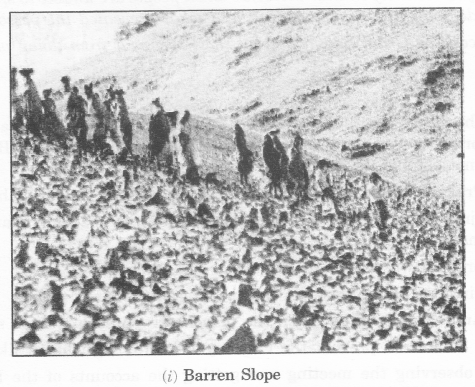
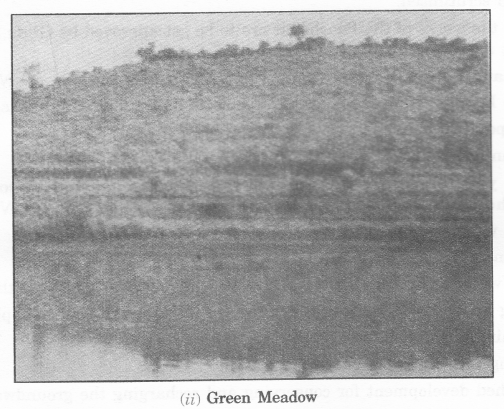
(i) What decisions were taken by the Gram Panchayat?
(ii) Do you think it was necessary for them to take these decisions? Why?
(iii) From the above description, write down one question that people could if ask of the Panchayat in the next Gram Sabha meeting. (NCERT Pages 46-47)
Answer:
(i) The following decisions were taken by the Gram Panchayat:
- To deepen two handpumps.
- To clean one village well.
- To approach the Block Development Officer (BDO) for information (detailed) about the scheme of watershed development.
(ii) Yes, we think it was necessary for them to make these decisions for the welfare of the village people as drinking water shortage was the most important problem of the entire village.
(iii) In the next meeting members would ask what information had been obtained from the BDO regarding the watershed development scheme.
Question 9.
Ask your teacher to invite any of the elected persons such as the Panch, Sarpanch (Panchayat President), or member of the Janpad or Zila Panchayat and interview them on their work and the projects undertaken by them. (NCERT Page 48)
Answer:
Do this exercise with the help of your subject teacher.
We hope the NCERT Solutions for Class 6 Social Science Civics Chapter 5 Panchayati Raj help you. If you have any query regarding NCERT Solutions for Class 6 Social Science Civics Chapter 5 Panchayati Raj, drop a comment below and we will get back to you at the earliest.





